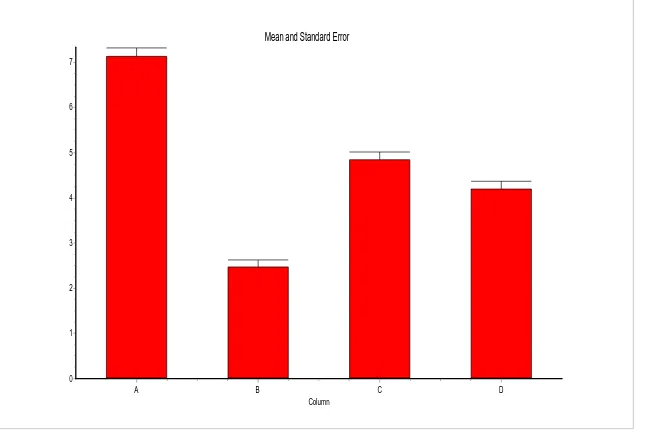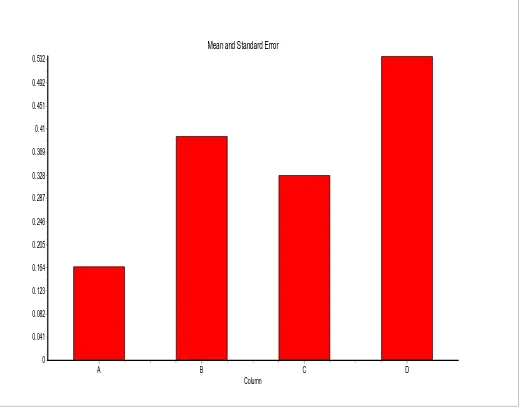A Pharmacological Study and Evaluation of Antiulcer Activity of Merremia Emarginata in Wistar Rats
Full text
Figure



Related documents
Figure 1.16: Black markers indicate correlation coefficients between chl-a (log(ug L -1 )) and τ y seasonal (N m -2 ) (Summer and Winter) time series at high frequency and
The simulation results show that the proposed algorithm increases the width of the nulls and performs better than the conventional LCMV algorithms in moving jammer scenarios2. Here λ
One year after the initial deep vein thrombosis (DVT) the patient returned to contact sport, however he continued to have intermittent symptoms of right lower leg pain and right
Put another way, when new ties are likely to be weak, adding them to nodes with strong ties can reduce the expected number of people to whom those nodes pass information in
The primary care physician and other allied health care professionals must be aware of the anterior segment findings in diabetes mellitus and of their role in
These results support the concept that endogenous ligands of Tlr7 such as smRNP and RNA associated immune-complexes contribute to the pathogenesis of autoantibody production
Dental implants are associated with complica- tions leading to implant failure based on the type of restoration that is being used; cement- retained restoration and
While intrachromatid recombination was critical for the plas- mid integration and excision assay (Fig. 1A), interchromatid recombination was phenotypically “silent.” We transformed